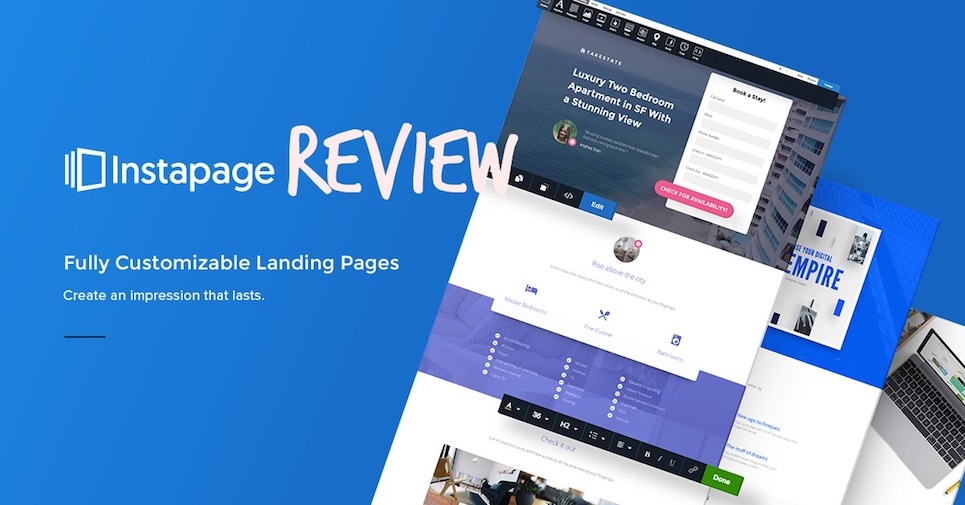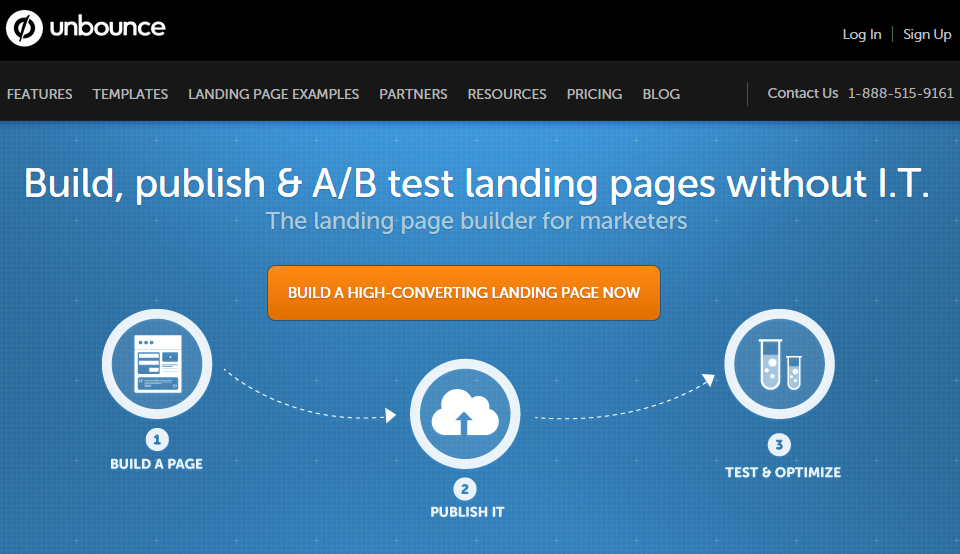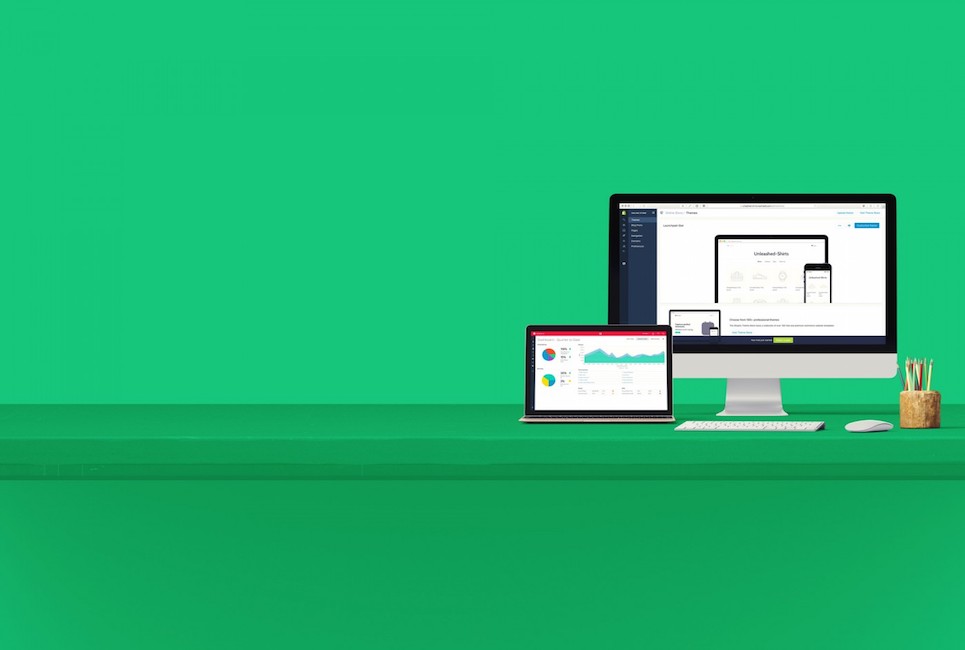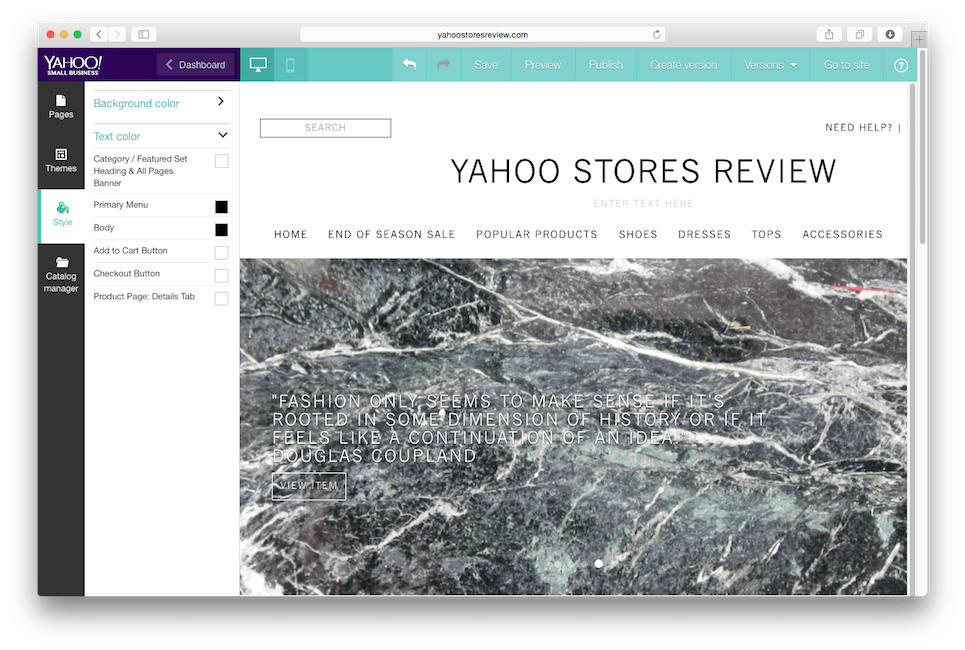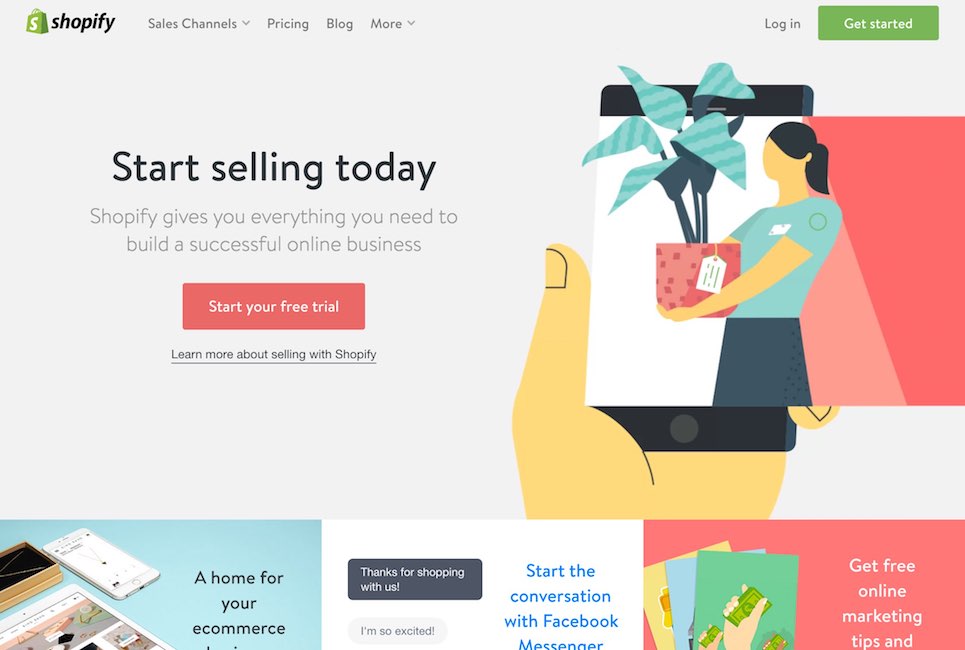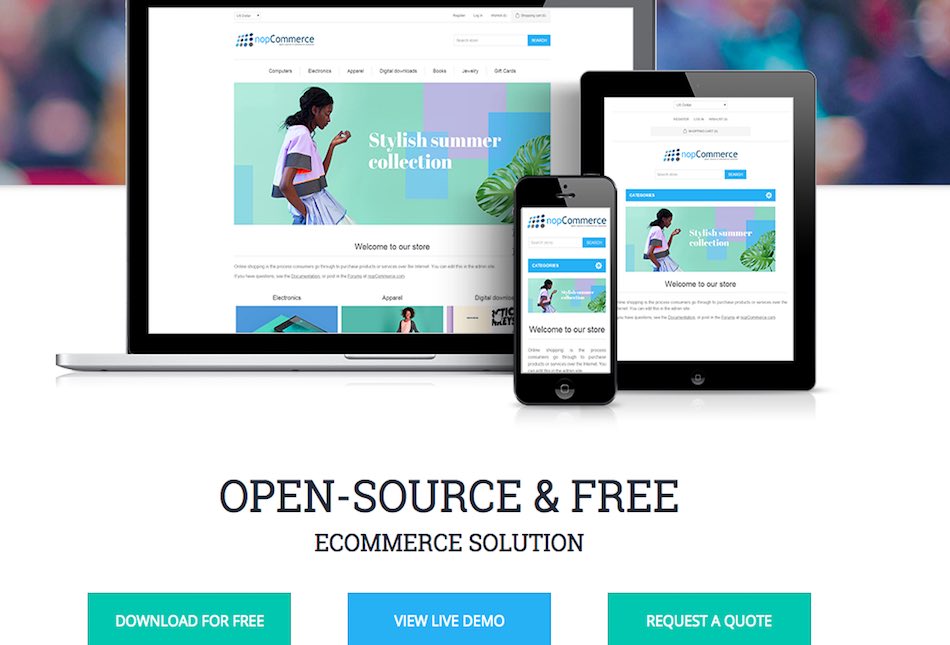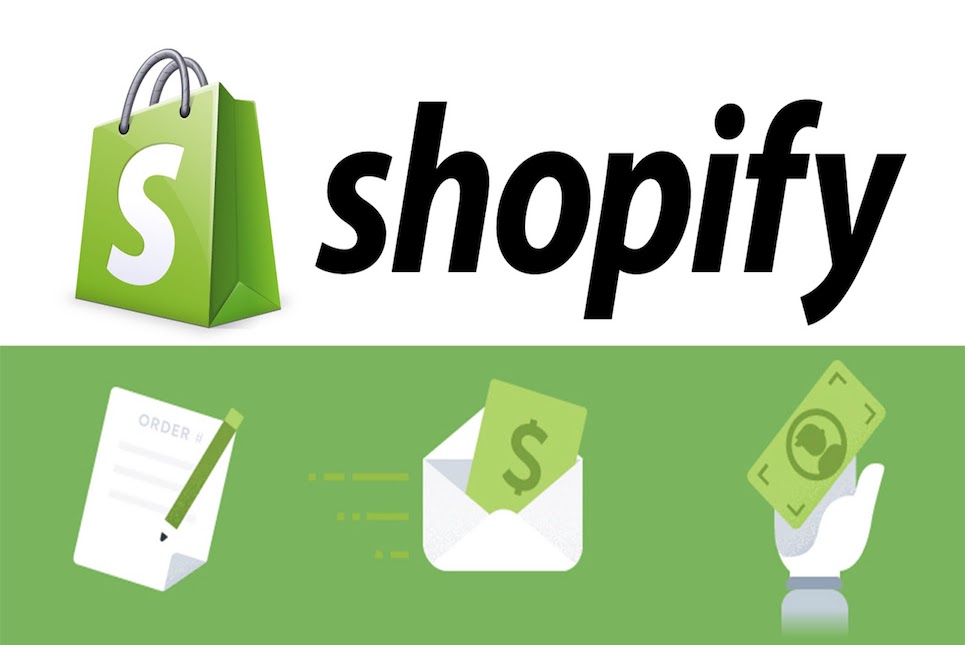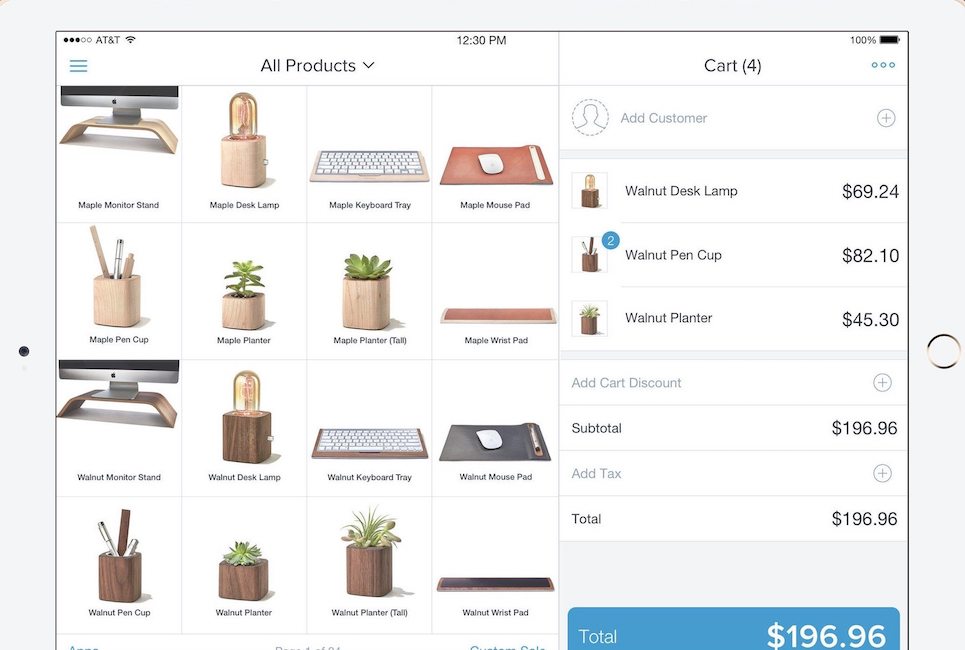Since 2015, I’ve devoted my life and career to helping a new kind of business flourish – that of the conscious entrepreneur. Conscious entrepreneurs are people who devote themselves to growing a business where social impact and profitability run in tandem.
And we are winning. From major names like Toms Shoes to Warby Parker, social impact companies are crushing the outdated belief that business must be about profit above all else. Instead, we believe in making a dollar AND a difference.
Conscious entrepreneurship also makes good business sense. Millennials overwhelmingly prefer to do business with conscious entrepreneurs, pay more for sustainable products, and show mad loyalty to social impact businesses.
My passion for social entrepreneurship blossomed during my five years at the helm of Social Change Nation. During that time, I hosted the Dollar and Difference Show where I interviewed a new conscious entrepreneur every week. Through these interviews, I developed a blueprint of the methods that help regular entrepreneurs transform themselves into conscious ones.
For the first time ever, I’m going to share that blueprint with you here. I’ll pack it with stories, quotes, and real-life examples of founders who took the leap into social impact business. Along the way, I’m confident you’ll find that this process is infinitely worth it for you and your business.

Without further ado – here are 26 and one-half ways to become a conscious entrepreneur:
1. Discover your “A-Ha! Moment”
Your “A-Ha! Moment” is that point in your life where you discover beyond a shadow of a doubt that you are destined to create social change. Sometimes your “A-Ha! Moment” will be obvious – as was the case for Kyle, founder of Indosole. Kyle jumped on my podcast and shared the following:
“I was just another Cali surfer who had signed up for the trip of a lifetime – a month-long surfing excursion in Bali, Indonesia. When I first arrived, I did what you might expect…hung out on the beach, surfed all day, and chilled at night.
But then, as I was walking along the beach one day, I saw a sight that’ll stick with me for the rest of my life: a mountain of junk tires with people crawling all over it in search of “valuable” trash. That sight shook me to my core. Here I was just bumming around while these folks were literally scraping along for life on a junk tire mountain. I knew I had to do something about this.
I founded Indosole with the dual mission of repurposing those junk tires into beautiful sandals AND creating employment opportunities for the people I saw.”
Years later, Indosole is going strong and Kyle’s “A-Ha! Moment” is still the centerpiece of their brand story.
Sometimes, your “A-Ha! Moment” won’t be as obvious. Rather than coming in one experience, as it did for Kyle, it may instead be a series of experiences that evolve into your A-Ha! For example, Scott Harrison, founder of Charity: Water, was a financially successful but unhappy NYC club promoter. After a series of unfulfilling life moments, he started seeking ways to leverage his formidable promotional skills for good. Bit by bit, Scott traded building nightclubs for building water wells. To date, Scott and Charity: Water has funded 44,007 water projects for 10 million people around the world. Who would’ve thought club promoters make amazing social impact warriors?
No matter how it comes, your “Ah-Ha! Moment” is a vital seed that you’ll need to grow a social impact business. Be sure to water it and give it plenty of light.
2. Use your “A-Ha! Moment” to craft a genuine and heartfelt WHY
Modern consumers have terrific BS detectors. If you pursue conscious entrepreneurship solely for marketing gain, you’ll get called out hard and fast. Your WHY (aka – your reason for pursuing social good) must be based on a social cause you genuinely believe in and can authentically express.
For example, LSTN Sound Co. was created because its founders loved great music and believed that no one should be without it. LSTN’s co-founder, Bridget Hilton, joined me on my podcast and shared this:
“Music is my life. I was living my dream as a band member, promoter, and full-on roadie when one random moment on YouTube changed me forever…
It was this viral video of a 40-year-old woman who had been deaf her whole life. New technology had made it possible for her to hear for the first time ever. The doctors filmed the first moments of her life where she heard sounds.
Upon hearing music for the first time, this formerly deaf woman literally began sobbing tears of joy – the experience was that moving for her.
I’m watching this video the whole time thinking – ‘wow, I couldn’t breathe without music and I can never imagine a life without it, yet silence is all this woman has ever known…’ I knew then that I was destined to help people like her for the rest of my life.”
And that’s exactly what Bridget did. Millions of people around the world are deaf simply because they don’t have access to technologies like hearing aids and hearing exams. LSTN Sound Co. partners with the Starkey Hearing Foundation so that each headphone they sell also gives someone the gift of hearing.
3. Tell your WHY story every chance you get
Bridget and LSTN Sound Co. are not bashful about their social mission. They tell the story everywhere they can, from their packaging to interviews with media to meetings with investors.
They even show their impact front and center on their main sales page and on their packaging. LSTN’s customers, therefore, are happy to purchase products with world-renowned acoustics that also provide hearing aids to someone in need.

4. Bake your WHY into every touchpoint with your brand
From your packaging to your mission statement to your interactions with customers, your WHY should drip from everything you do.
For example, Warby Parker tells its social good story inside the package of nearly everything they sell, they break down that story on their website, and their founders talk about it in nearly every media interaction.
Here at Change Creator, we put together a step-by-step guide that’ll show you exactly how to bake your WHY into your brand, a must-do for any aspiring conscious entrepreneur.
5. Transparently measure your impact
Indosole tracks the number of tires it transforms into sandals and shows it on their website. The founders of LSTN Sound Co. travel every few months to help with hearing exams and share those stories with their customers. Warby Parker actively follows the progress of the micro-entrepreneurs it gets into business.
This Change Creator Podcast episode unpacks the Impact Mapper Software which can help you easily measure and share impact.
No matter how you decide to do it, being a conscious entrepreneur means transparently sharing your impact and doing it often.
6. Make your business and social missions run in tandem
Too many well-meaning leaders pursue conscious entrepreneurship with a social mission that is wildly different from their business mission. Don’t do this. You got into business to solve a problem you care deeply about. Why then would you fracture your focus with a social mission that’s unrelated to that problem? Instead, follow the lead of companies like Cotopaxi. Cotopaxi weaves its social and business missions together by employing the communities it serves to create a wonderful line of outdoor gear.
Cotopaxi’s Del Día Collection ties its social and business missions together by employing craftsmen and craftswomen in the Philippines. Rather than simply dictating what should be created, Cotopaxi gives each Philipino employee total control over the color scheme of a particular item. This strategy results in uniquely incredible backpacks that sell well AND provide fair wages for a community that Cotopaxi has a heart to serve.
7. Build organizational structures that prevent “mission creep”
As your social impact business grows, you’ll expand your business by adding team members who, while talented in certain areas, may not naturally be conscious entrepreneurs.
Because of this, you’ll want to put systems in place that position social impact as a non-negotiable for your business.
Ramsey Solutions is a company that helps people find financial peace in often desperate financial situations. They have a multi-stage interview process where they seek out candidates who are both supremely talented and massively big-hearted. No one gets a job offer unless they can show their dedication to the Ramsey mission of:
“…providing biblically based, common-sense education and empowerment that give HOPE to everyone in every walk of life.”
If you don’t build structures early and often to prevent “mission creep” you may find yourself drifting toward less conscious business practices.
8. Follow the impact model that fits YOUR business
Conscious entrepreneurs too often see the 1:1 model of companies like Tom’s Shoes as the only way for social impact business. There are many models of impact business and you need to pick the one that fits you best. Some examples include:
Yellow Leaf Hammocks employing formerly downtrodden indigenous tribes in Thailand to make beautiful, hand-crafted hammocks sold around the world. By weaving the stories of these wonderful people into every hammock they sell, Yellow Leaf creates impact AND profit in a seamless way.
Homeboy Industries was founded by a Jesuit Priest with the mission of creating micro-enterprises for former gang members. Homeboy now runs successful baking and catering businesses that positively impact thousands of former gang members every year.
Grameen Bank exists exclusively to create entrepreneurial opportunities by issuing micro-loans to people living in extreme poverty. Thus, their business success is defined by the social impact they make. You can check out Change Creator’s interview with Grameen’s founder right here.
The key is to find the model that best fits you and your business, rather than the one that is currently popular.
9. Don’t be afraid to make small adjustments to your impact model
Sometimes, you’ll find that your impact model is unsustainable from a business standpoint. Difficult as this realization may be, it will be even more difficult if you press on with an unsustainable model. Trying to be all things to all people will bleed your business dry and then you won’t be able to make an impact on anything.
Thx Co. learned this lesson the hard way. They pursued an impact model that allowed their customers to donate any amount to any non-profit with each purchase. Their mission wound up being so broad that it was difficult for people to connect with. As a result, they’ve had to take several steps back to figure out how to readjust.
We conscious entrepreneurs are big-hearted people, but be sure your big heart doesn’t stand in the way of hard-nosed business decisions you need to make.
10. Hire consciously
Seek candidates who truly believe in your business’s social mission. Millennials are known to value meaning more than money in their work. By showing them how your mission fits with theirs and then paying them well to be a part of it, you’ll attract team members who will help you accelerate your profit AND your purpose.
11. Implement socially conscious hiring practices
Samasource treats hiring as its impact model by employing bright individuals from countries that most businesses overlook. Samasource then contracts with Fortune 500 companies like Microsoft, Google, and General Motors to complete skilled tasks that can be done remotely. Through this process, they help alleviate poverty around the world by creating new employment opportunities in struggling communities.
You don’t necessarily need to go as far as Samasource, but conscious entrepreneurs should always view the hiring process as an avenue for social good.
12. Put all business decisions to the triple bottom line test
To become a conscious entrepreneur, you should always be asking how your business’s behavior impacts people, the planet, and profit.
I once interviewed Tim Scott, founder of Mitscoots Outfitters. Mitscoots makes high-quality socks from sustainable materials while also employing formerly homeless individuals. Here’s how Tim explained their triple bottom line philosophy:
“We believe in the Get + Give + Employ model. Our customers get great products, which is good for profitability. We give an equal product away for each purchase, which is great for the people we serve. We employ transitioning homeless individuals as a way of making our planet a better place.”
By using the triple bottom line test for all business decisions, you’ll solidify your path to impactful entrepreneurship.

13. Remember that money is amoral
Many of the conscious entrepreneurs I talk to have some level of background in the non-profit space. While that sector has many admirable traits, one trait that drives me up a wall is the pervasive belief that having money is inherently evil.
While evil behavior can certainly happen when companies engage in unethical practices, social impact entrepreneurs understand that money is simply a tool that can create good or ill depending on who wields it.
Much as a brick can be used to build a beautiful building or to smash a window, money can be used to create great opportunities or tremendous injustice. The only difference is who is holding it.
Personally, I’d rather see as much money as possible make it to the hands of conscious entrepreneurs because we create opportunities, foster justice, and drive sustainability in the world.
Being a conscious entrepreneur means you’re constantly reminding yourself of this fact.
14. Ditch the scarcity mindset
Conscious entrepreneurs are prone to struggle with the (false) belief that the pursuit of success automatically comes at the expense of others. This is a broken and flawed mindset that we must eradicate. To truly become a conscious entrepreneur, you need to soak into your heart that your success will also create an abundance of opportunities for others.
15. Become (and stay) wildly profitable
Where there is no margin, no mission. No profit, no purpose. No dollar, no difference. Conscious entrepreneurs must run a financially successful business to fuel social impact. Anything less than this is a disservice to those you seek to serve.
During my podcast interview with Tyler Merrick of Project 7, he shared how a lack of profitability almost starved their social mission:
“At first, we led all of our sales+partnership pitches with our social mission of giving back to 7 causes of great need. We thought that our social mission would be enough to get us in the door with retailers who we needed to sell our gums and mints. After a year of this and little to no sales, we realized we had to shift our pitch. It was then we decided to treat our product as the star of the show and our social impact as the supporting actor.
Since we made that shift, we’ve built and sustained a very profitable business.”
16. Keep your financial house in order
Whether your business makes a few hundred dollars or a few hundred thousand, you need to be ever-vigilant about your accounting.
It may feel unsexy, which is probably why so few entrepreneurs are good at this, but it is vital for the health of your business and those that you serve to keep your books in good order.
Adam Force wrote a terrific Change Creator article on this very topic.
17. Spark a revolution
In Adam’s podcast interview with Blake Myskoki of Tom’s Shoes, they discuss how Blake’s revolutionary business philosophy inspired thousands of other impact businesses.
Conscious entrepreneurs are constantly looking for ways to inspire others to grow a revolution. Whether your revolution is sustainable fashion, poverty alleviation, or something else, it is vital that you find fellow rebels to help the cause.
18. Keep being a revolutionary
Conscious entrepreneurs are changemakers at heart. Changemakers disrupt things, inspire people, and call out bad behavior when necessary. No matter your industry, keep finding ways to create revolutions that make business better.
Check out this Change Creator podcast interview with Joel Solomon – Joel talks about leading a “clean money revolution” and it’ll give you insight on how you can do it in your industry.
19. Bake impact into the structure of your business
It’s not enough for you to say you’re a conscious entrepreneur, rather, you need to build it into the bylaws and weave it into the fabric of your company. In many states, you can even create a legal structure for your business that will maintain your social mission even if you sell your company.
I ran a podcast interview with Sydney Smith of B-Corp where she unpacked their method for helping companies weave social impact into the bylaws of their business.
20. Find stakeholders who share your passion
As your business grows, you may seek outside investors and advisors to help fuel your mission. When you do this, be sure that these stakeholders share your passion for conscious entrepreneurship.
I once spoke with Juho, the founder of Sharetribe, as he shared his story of seeking funders who would not dilute Sharetribe’s mission of expanding the sharing economy:
“It wasn’t easy finding the right investors for Sharetribe, but we were helped by the fact that we were not in a “have to position”. Investment capital would help us to grow, but we were not going to take it at the expense of our social mission.
So, we got serious about changing our company structure so stakeholders had it in writing that their investment and advice would be held to our standard of conscious entrepreneurship.
As a result, we attracted investors that shared our mission and repelled those that didn’t.”

21. Go to where the problem is
To make an impact with your business, you need to get intimately acquainted with the social problem you hope to solve. Only by understanding the many dimensions of a social ill can you hope to change it.
The social entrepreneur who does this best is Paul Polack, author of the book Out of Poverty. Paul is credited with lifting tens of millions of people out of poverty by following a simple model: he goes to where the problem is and spends a lot of time with the people impacted by it. He asks them what they feel are the causes, which “solutions” have failed, and what they think would help them out of their current situation.
As a result, Paul is famous for creating massive social impact with simple solutions that distant “leaders” have failed to even consider.
22. Keep your connection with your community of service
From LSTN Headphones to Toms Shoes to Warby Parker, all successful impact entrepreneurs regularly go to the communities they serve.
No matter how much you grow, you should always find ways to get back to your roots of serving the people that drove you into business in the first place.
23. Make your customers part of your impact story
People yearn to become part of something bigger than themselves. Show your customers how doing business with you makes them part of your WHY.
Kiva is one of my favorite examples of this. Kiva relies on a community of sponsors to fund micro-loans for people living in extreme poverty. Oftentimes, these loans can mean the difference between economic despair and economic opportunity for families.
Kiva brings its sponsors into the impact by sharing in-depth stories of the individual families helped by a sponsor’s funds. These stories regularly show up in the sponsor’s inbox so they always know what they are part of.
24. Create magical impact moments for your customers
Much as companies offer “loyalty programs” to great customers, you can offer your best customers the opportunity to join you on giving trips or receive special gifts from the communities your business impacts.
My wife and I used to run an impact-driven hostel in Kansas City. One of the things we loved most was when we brought one of our team members on an all-expenses-paid trip to the interior of Jamaica to help us build a home for a needy family.
Creating opportunity for impoverished Jamaican families is our passion and it was wonderful to share it with our team members. By finding similar ways to give back to your community of customers, you’ll solidify your conscious credibility with them.
25.Become a storyteller
Stories drive people to action. By getting very good at telling the story of how and why you became a conscious entrepreneur, you’ll be well on your way to impactful business. Change Creator’s Captivate Program is one of the best offerings on the market that is laser-focused on helping you to get your story right.
26. Deepen your spirituality
Martin Luther King Jr., Gandhi, the Dalai Lama, Mother Theresa, and many other social impact leaders all share a vital trait: their works are guided by a deep spiritual philosophy.
That’s because our spirituality is what gives us a higher sense for WHY we do the work we do and how our impact fits into the bigger picture.
For example, my wife and I recently went on a Jesuit retreat to explore questions of social justice and how the teachings of Christ should influence our business efforts.
No matter which spiritual background you adhere to, you should find ways to deepen it to become a fully conscious entrepreneur.
…and, last but not least, to become a conscious entrepreneur you should aim to cut your business’s carbon footprint by one-half. While this may sound daunting, there are many ways to quickly and easily make this happen. From carbon offsets for flights to carbon offsets for cars to using sustainable packaging, there are myriad ways for you to pursue sustainability in your business.
Becoming a conscious entrepreneur is a journey that takes time, but if your heart is in the right place and you pursue the path laid out above, you’ll be well on your way to a business that makes a dollar AND a difference.
You might also enjoy:
The Change Creator guide to Starting a Social Impact Business walks you through everything you need to consider when just starting out. Also, be sure to check out the Starting a Social Enterprise (And Getting Funding) interview with Justin Goodhew (Pitch Deck Included) if you are at that stage. And for some more inspiration, we have compiled a list of Over 90 Actionable Pieces of Advice from Change Creator Magazine that will give you something you can sink your teeth into and start working on today!





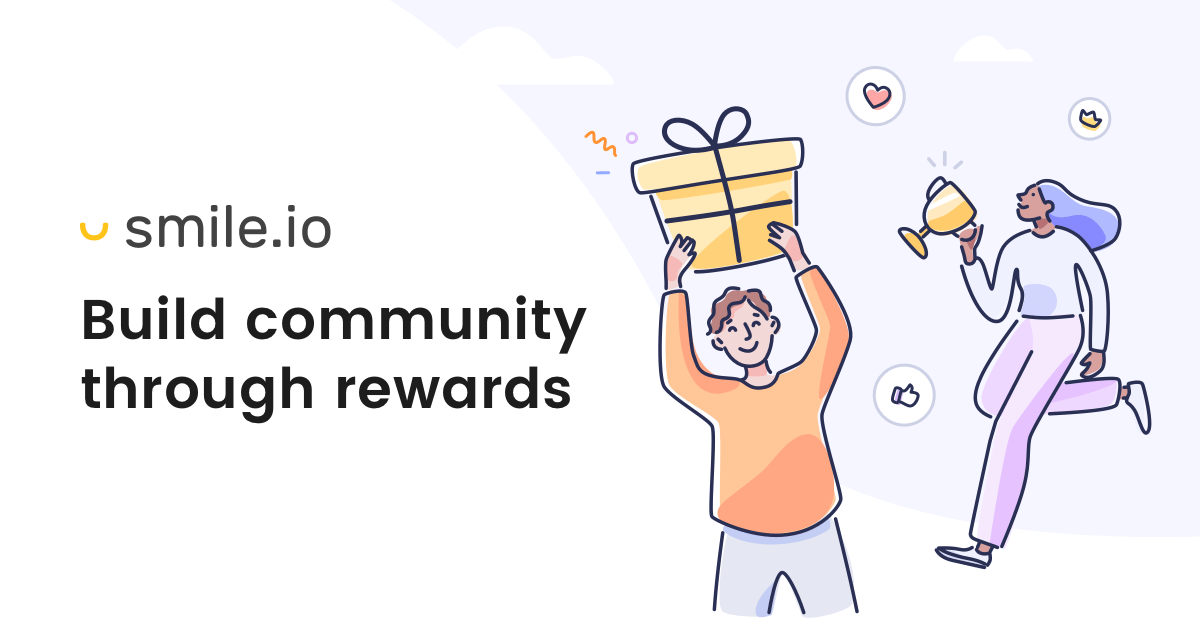
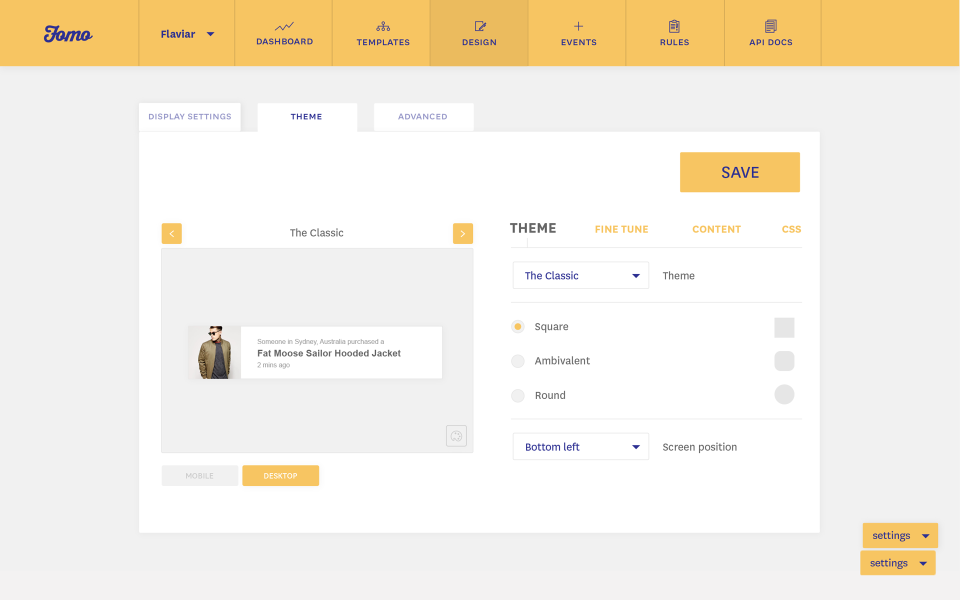

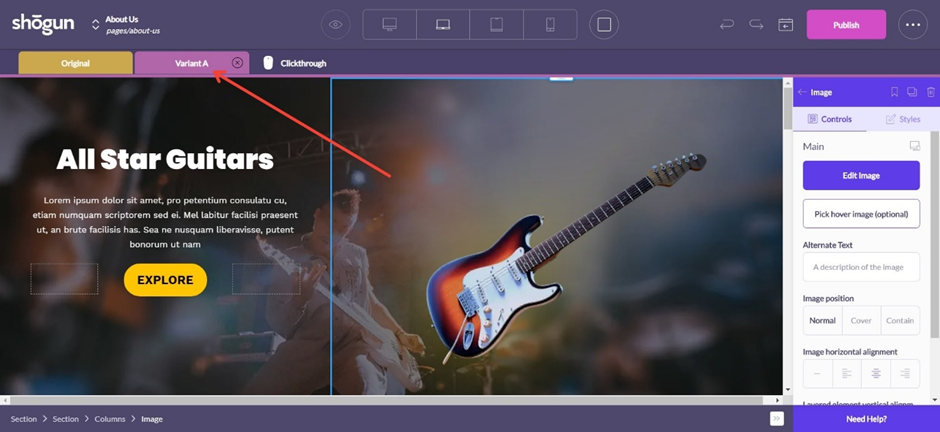
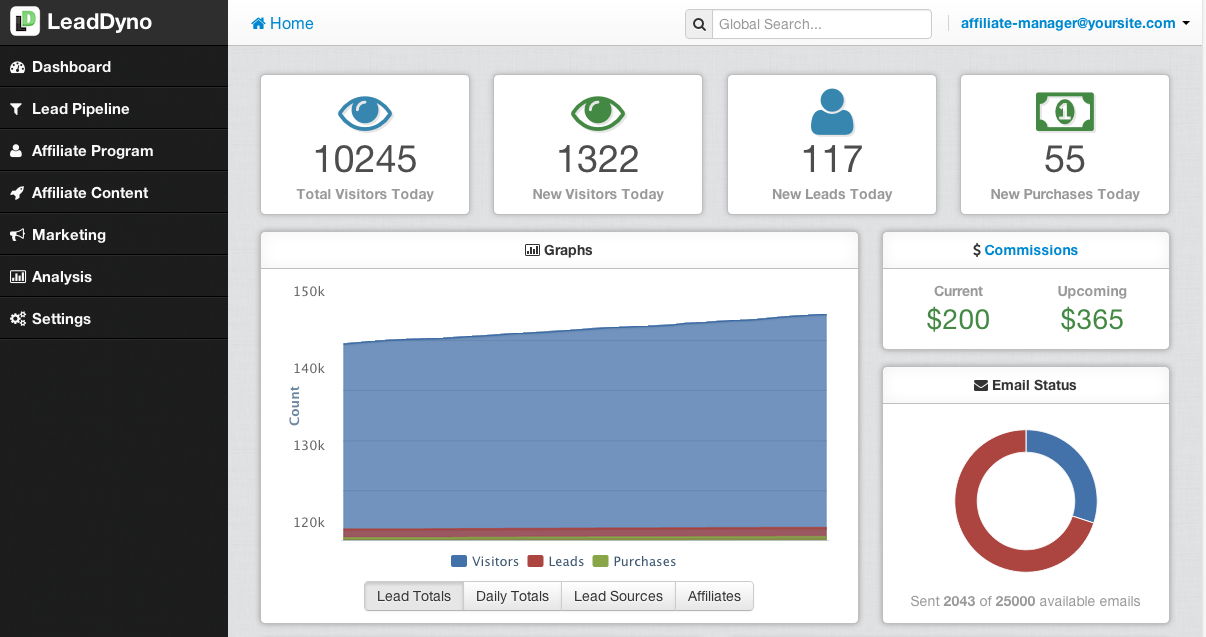
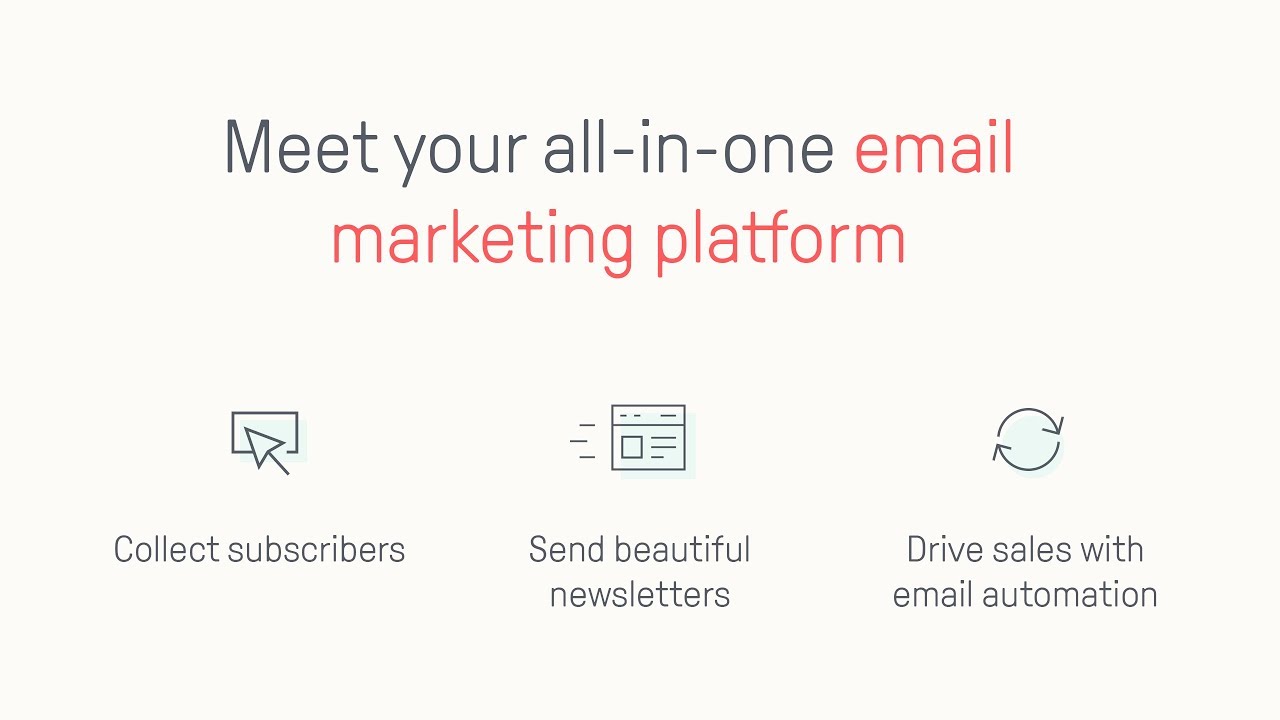
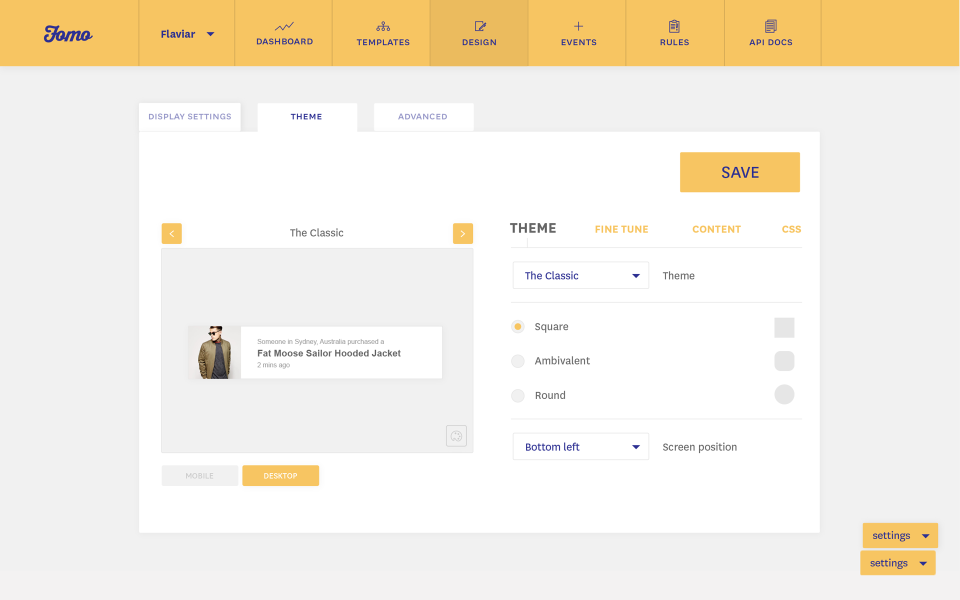

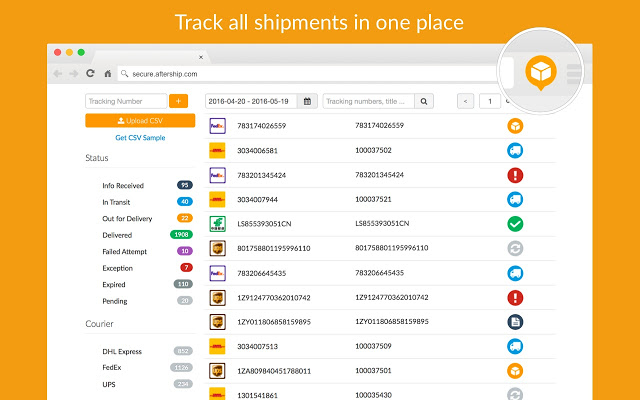
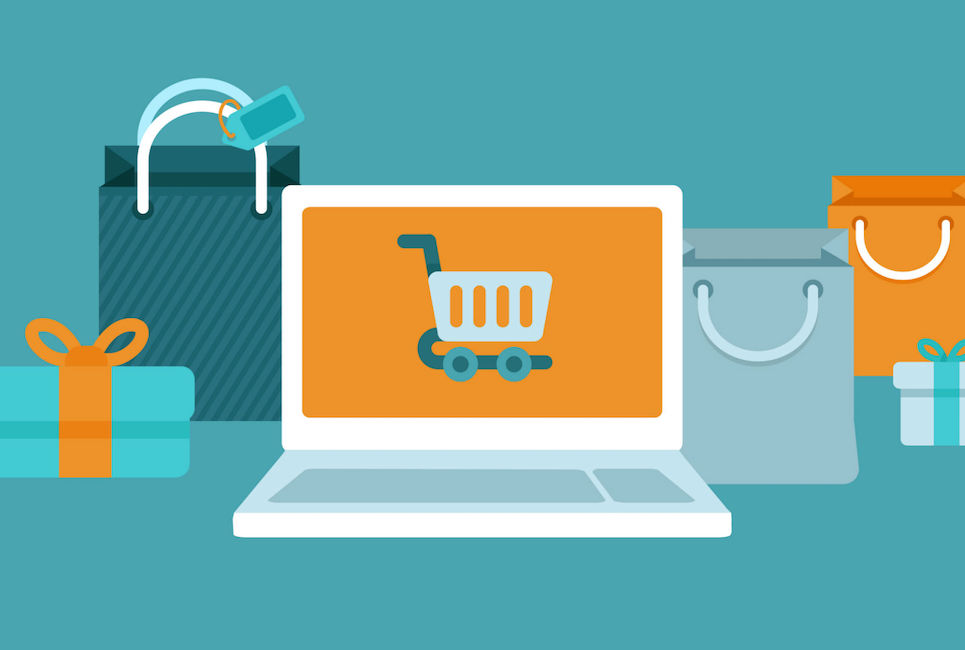
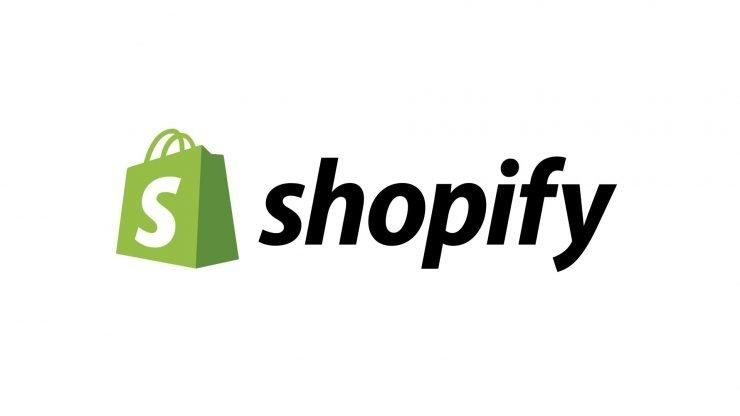




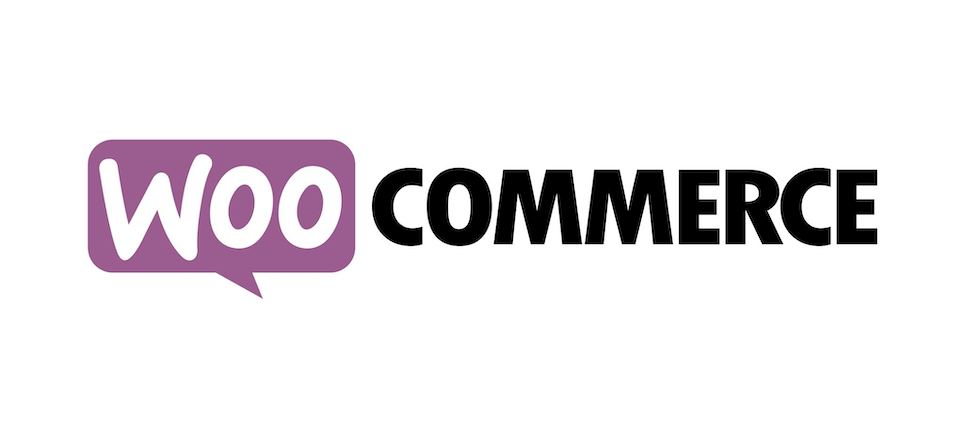 WooCommerce is an app designed for Squarespace, enabling you to turn your website into an online store. It gives you a secure shopping experience for your customers with multiple payment methods, easy stock management, and even a mobile app so you can work on your store wherever you go.
WooCommerce is an app designed for Squarespace, enabling you to turn your website into an online store. It gives you a secure shopping experience for your customers with multiple payment methods, easy stock management, and even a mobile app so you can work on your store wherever you go.
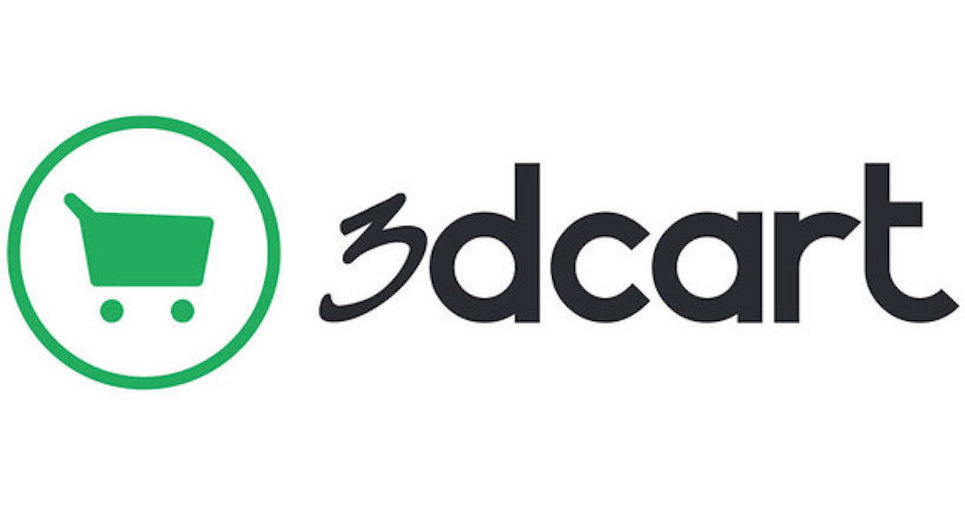 3dCart is another great option. It gives you a secure shopping cart with multiple payment options and simple order processing, including a 1-click printing system for orders.
3dCart is another great option. It gives you a secure shopping cart with multiple payment options and simple order processing, including a 1-click printing system for orders.

 Yahoo! Stores has over $70 million in sales under its belt – that’s a pretty impressive amount of products sold through the platform. It’s aimed at small business owners who might be new to the world of eCommerce, and it boasts a secure payment system with PayPal Smart Payment buttons, an inventory management system, and more.
Yahoo! Stores has over $70 million in sales under its belt – that’s a pretty impressive amount of products sold through the platform. It’s aimed at small business owners who might be new to the world of eCommerce, and it boasts a secure payment system with PayPal Smart Payment buttons, an inventory management system, and more.
 Kartra is another great platform that allows you to create an eCommerce business, with a huge range of marketing features to choose from. There are so many extra features, in fact, that we can’t cover them all here. From sales funnels to marketing campaigns, video creation to calendars and scheduling, Kartra has everything you could possibly need.
Kartra is another great platform that allows you to create an eCommerce business, with a huge range of marketing features to choose from. There are so many extra features, in fact, that we can’t cover them all here. From sales funnels to marketing campaigns, video creation to calendars and scheduling, Kartra has everything you could possibly need.

 There are over 50 templates to choose from, and they all look great, easy to navigate and professional. Like Shogun, it has a drag-and-drop page builder, enabling you to assemble your pages the exact way you want to, although the interface isn’t as user-friendly as
There are over 50 templates to choose from, and they all look great, easy to navigate and professional. Like Shogun, it has a drag-and-drop page builder, enabling you to assemble your pages the exact way you want to, although the interface isn’t as user-friendly as 




